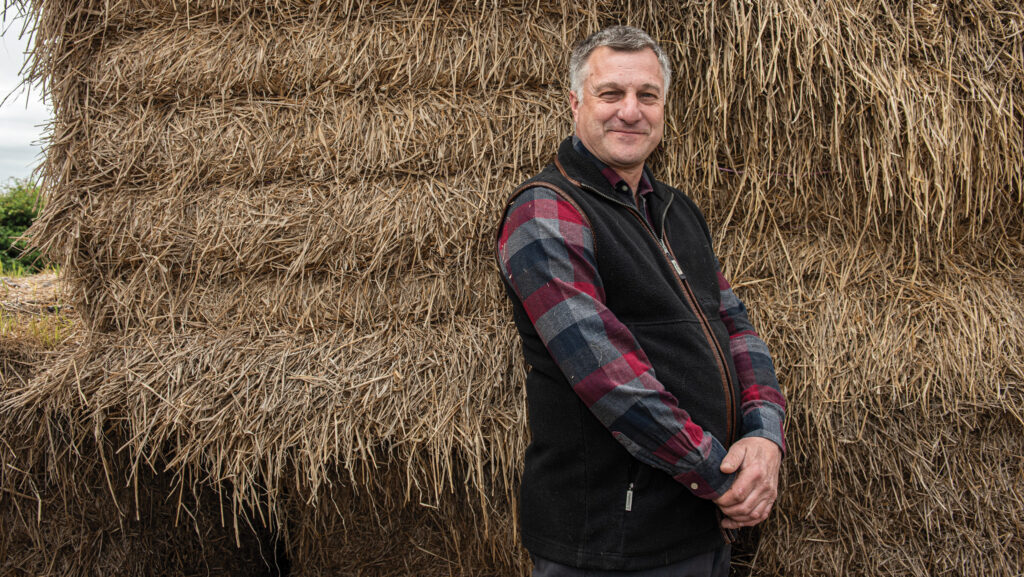Farmer Focus: What I learned from US milling wheat growers
 Mark Stubbs © Phil Weedon
Mark Stubbs © Phil Weedon I recently returned from Michigan where I gave a talk to US farmers about winter wheat and my Yield Enhancement Network (YEN) win of 16.5t/ha in 2023.
I went through how I achieved this, from the use of poultry manure and cover crops to increase soil organic matter, to the number of solar radiation days and grain nutrition levels.
Following my talk was the US YEN awards ceremony. The winning wheat grower achieved 11.5t/ha.
See also: How crop nutrition and structure can boost yield potential
That result was the start of my next four days’ discussions with Dennis Pennington, Michigan’s wheat extension specialist, who was my host for the week.
He wanted to know why they are 4t/ha behind us.
Americans grow high-quality milling wheat, not feed wheat. The monetary value of the US milling crop is £20/t less than we get for feed. If they grew feed, their value drops to 50% less than milling value.
Nutrition was discussed; I applied 220kg/ha of nitrogen and 90kg/ha of sulphur, compared with the Americans’ application of 140kg/ha of nitrogen and 30kg/ha of sulphur.
The US agronomy strategy concentrates on rust and fusarium. They deploy a T1 and T3 spray. I explained that T2 was our most important application, and we did a four-application programme.
I was told that the Americans are starting to see positive results from adding a T2 application.
Weather was a key factor. When I arrived in Michigan it was -2C, but two days earlier had been -18C. The grass and wheat looked very brown from the month of cold weather they had just received.
The Americans drill in the first week of September and harvest in June. June is a key factor because the temperatures at grain fill are anything from 30C upwards.
For wheat to set properly the temperature does not want to exceed 23C for more than a two-day period, as this starts to reduce yield.
This trip was an excellent opportunity to share my knowledge with the Americans, but also to learn so much from them, which I can now put into practice.


